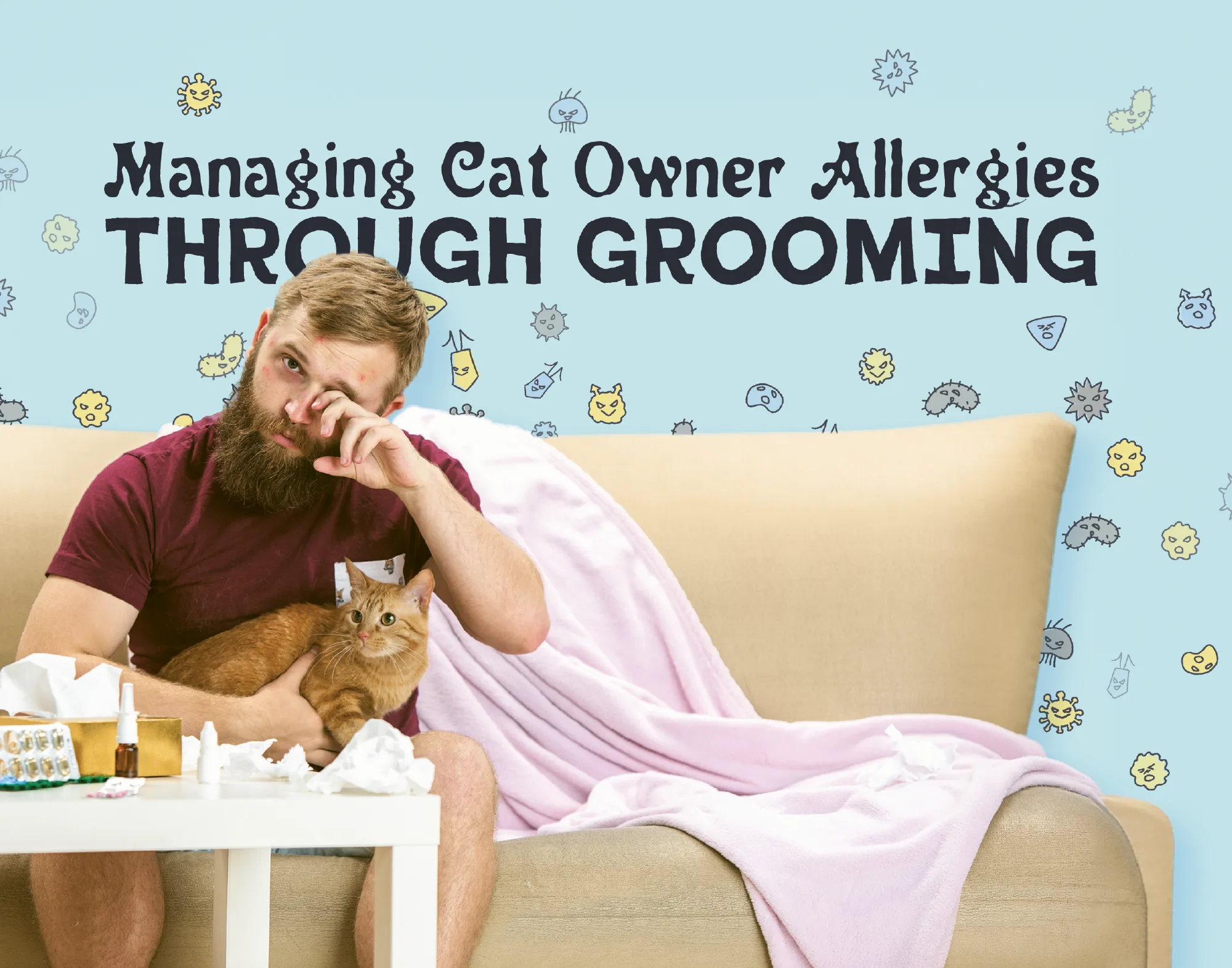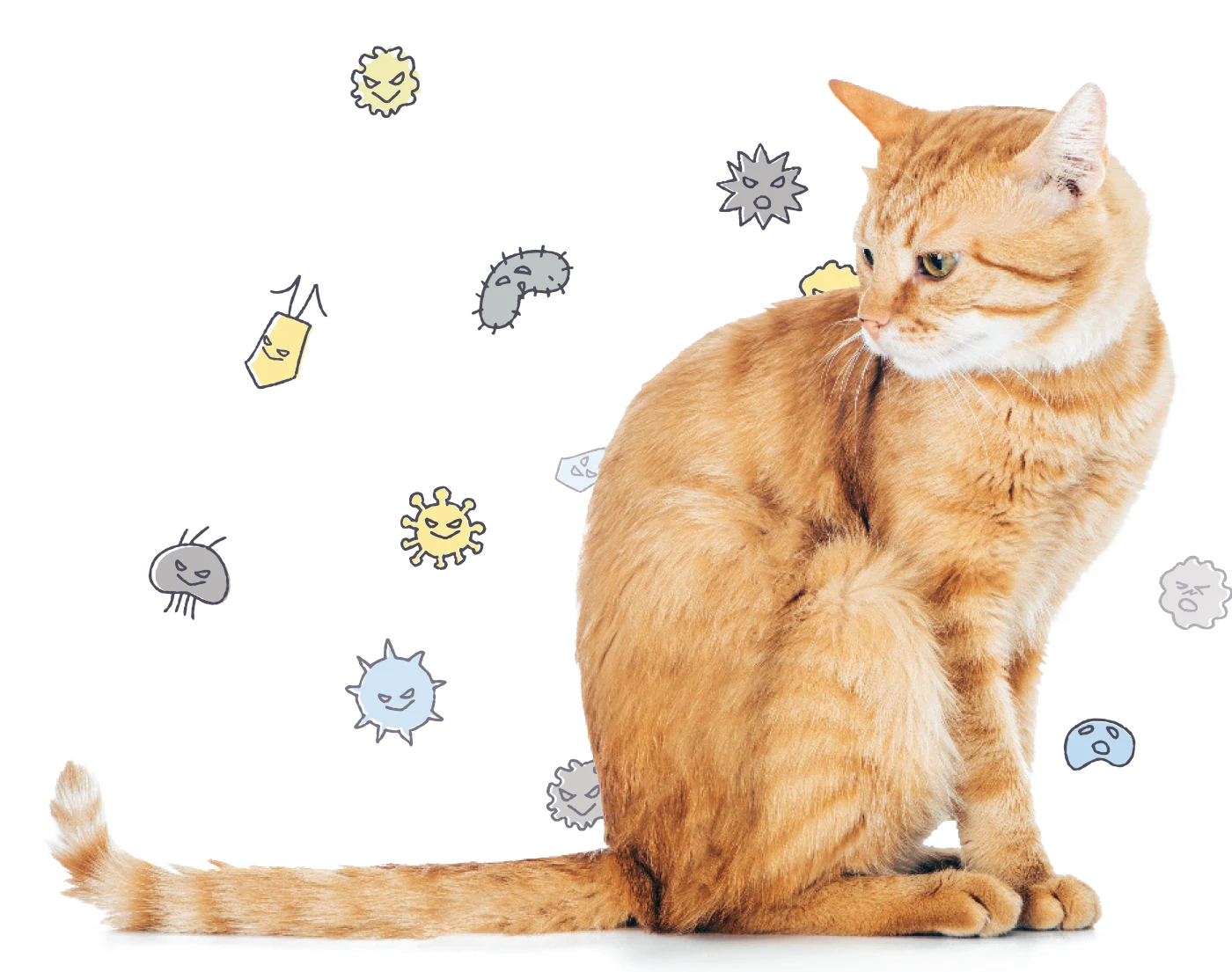
 at allergies are a common concern among cat owners, affecting millions of people worldwide. As professional pet groomers, understanding the causes of cat allergies and how grooming practices can alleviate symptoms is essential for providing the best care and help to both cats and their owners. The following explores the causes of cat allergies, the role of grooming in reducing allergens and tips for educating clients on maintaining an allergy-friendly home environment.
at allergies are a common concern among cat owners, affecting millions of people worldwide. As professional pet groomers, understanding the causes of cat allergies and how grooming practices can alleviate symptoms is essential for providing the best care and help to both cats and their owners. The following explores the causes of cat allergies, the role of grooming in reducing allergens and tips for educating clients on maintaining an allergy-friendly home environment.

It’s important for groomers to understand that Fel d 1 is not limited to long-haired or short-haired cats; all cats produce this protein, making it a universal concern for allergy sufferers. However, the amount of Fel d 1 produced can vary depending on the cat’s age, sex and health status, with intact males typically producing higher levels of the protein. Contrary to old wives’ tales and some marketing claims, there are no cat breeds that consistently produce lower levels of Fel d 1.






In addition to regular grooming, there are several steps that cat owners can take to reduce allergens in their home. As a professional groomer, you can offer valuable advice to your clients on how to create an environment that minimizes the impact of cat allergies. Here are some tips you can share:

While this food is not a cure for cat allergies, it can be an effective tool in a comprehensive allergy management plan, alongside regular grooming and home-cleaning practices. If you do inform your clients about this new option, be sure to encourage them to first discuss the food change with their veterinarian.

Additionally, staying informed about new developments in pet care, such as the introduction of allergy-reducing cat food, allows us to offer comprehensive advice and solutions to our clients. In doing so, we can enhance our reputation as knowledgeable and compassionate professionals dedicated to the wellbeing of both cats and their owners.


